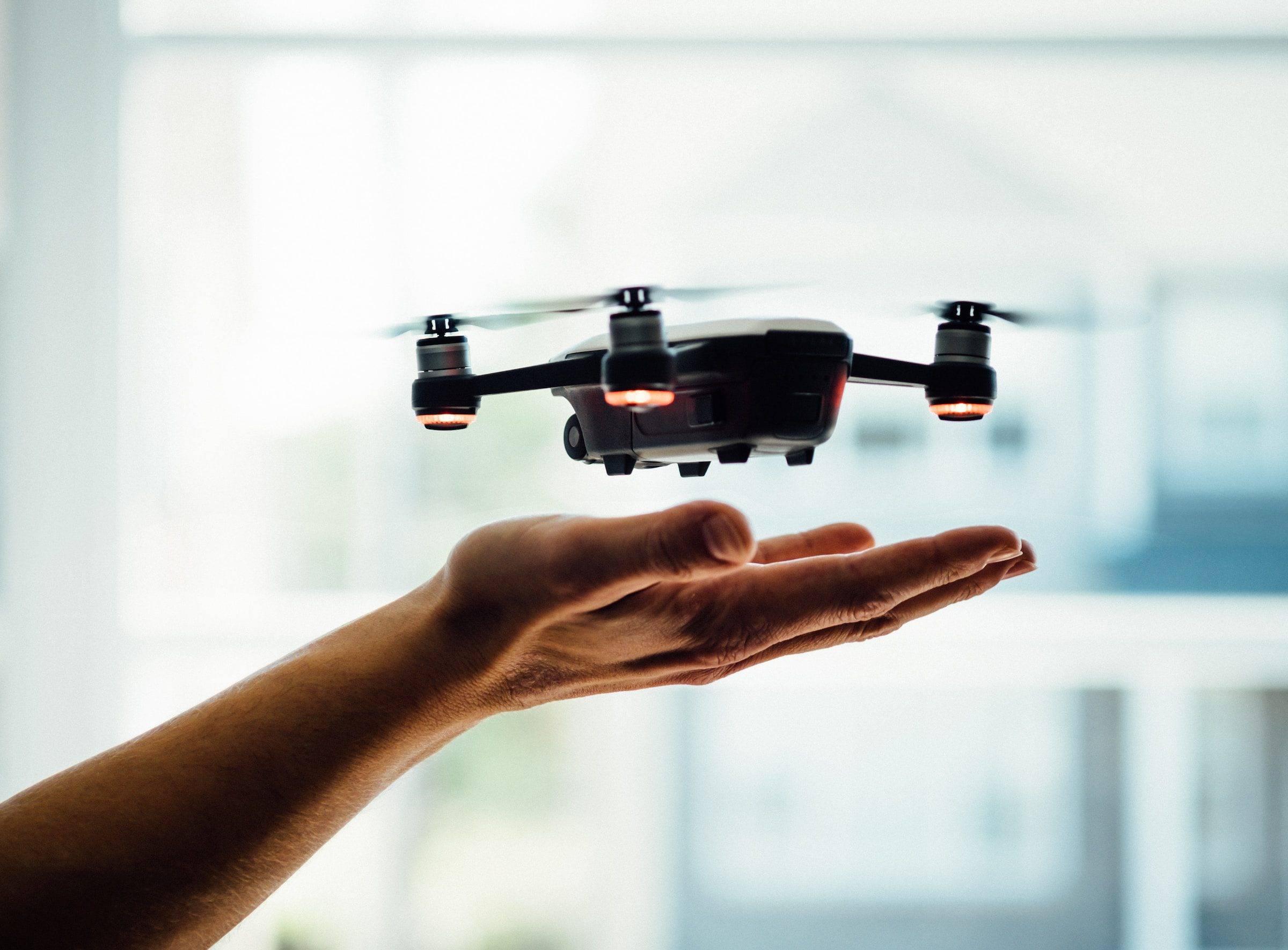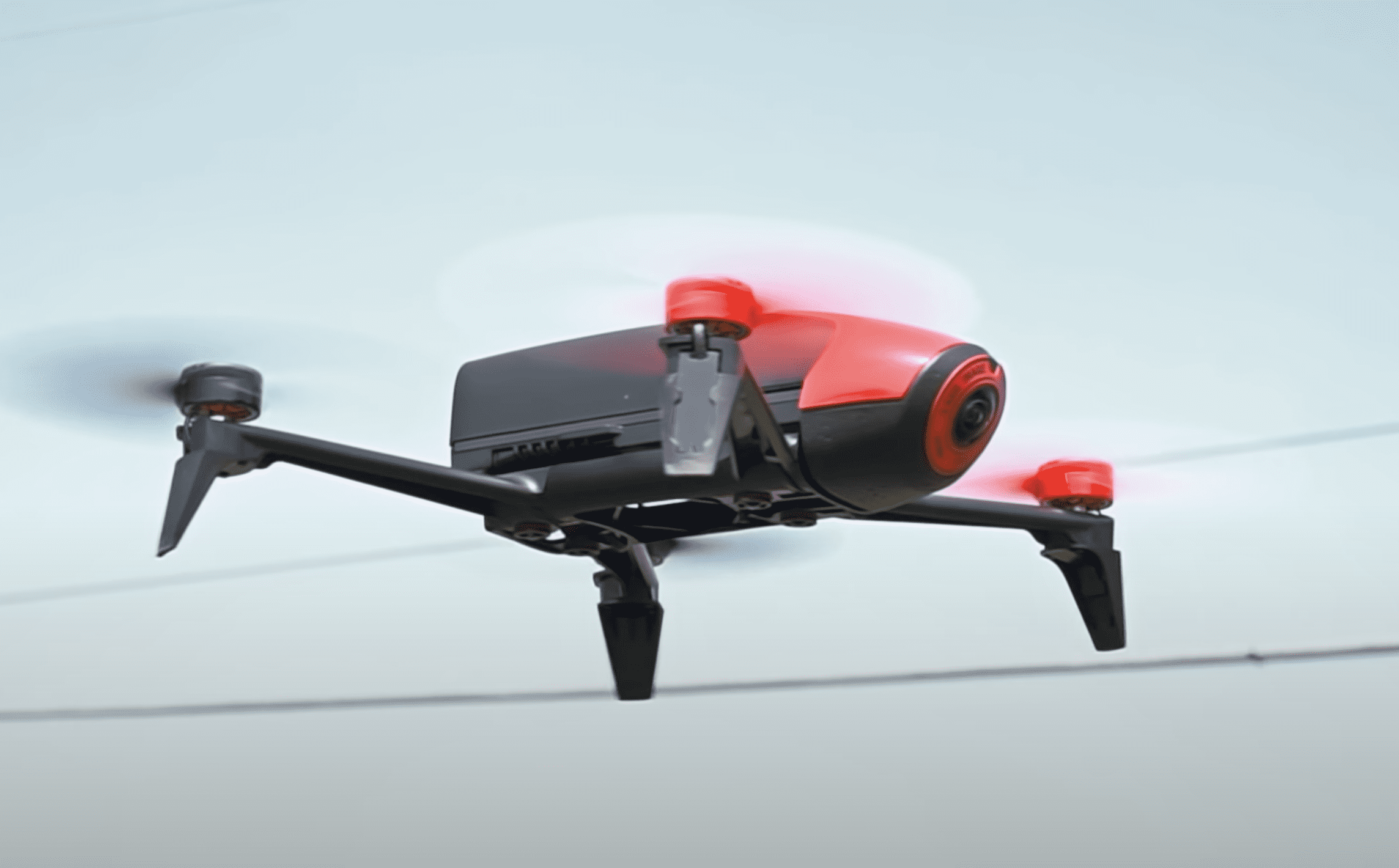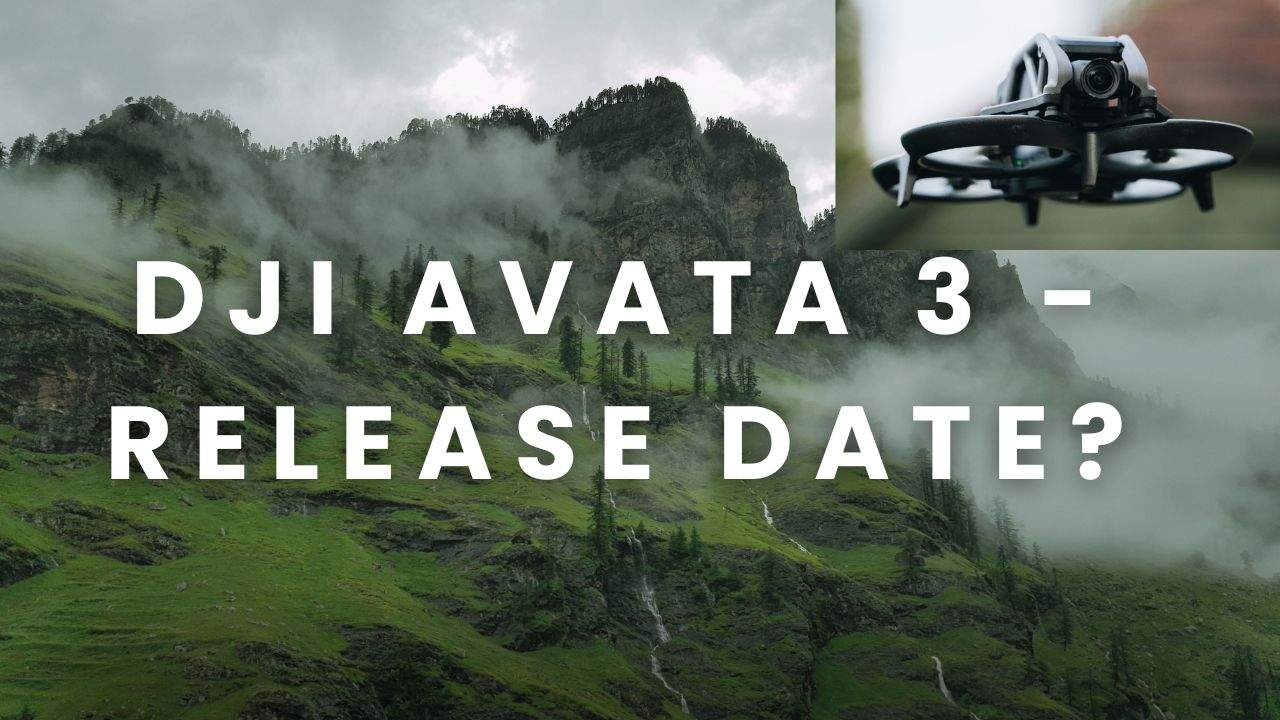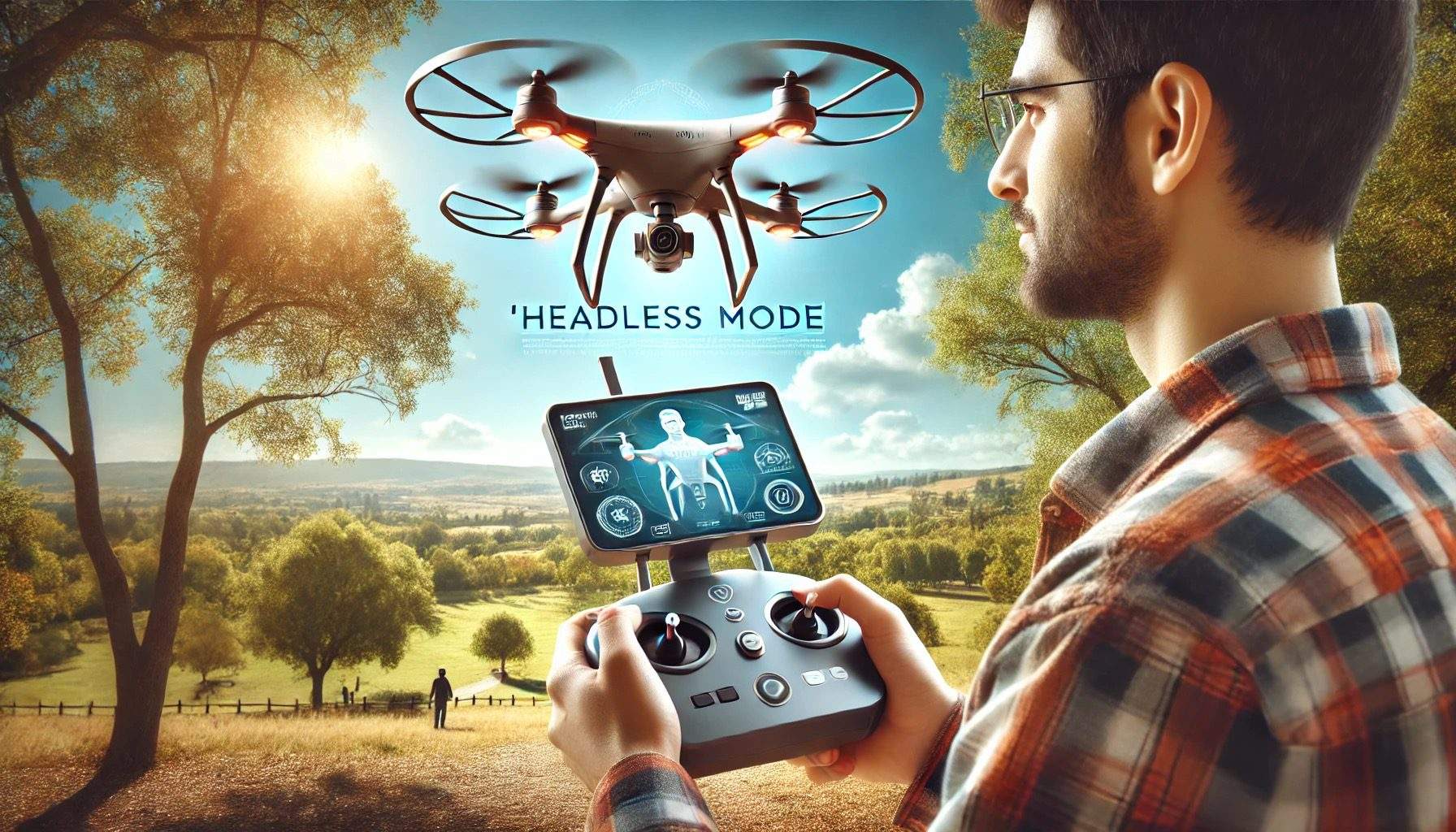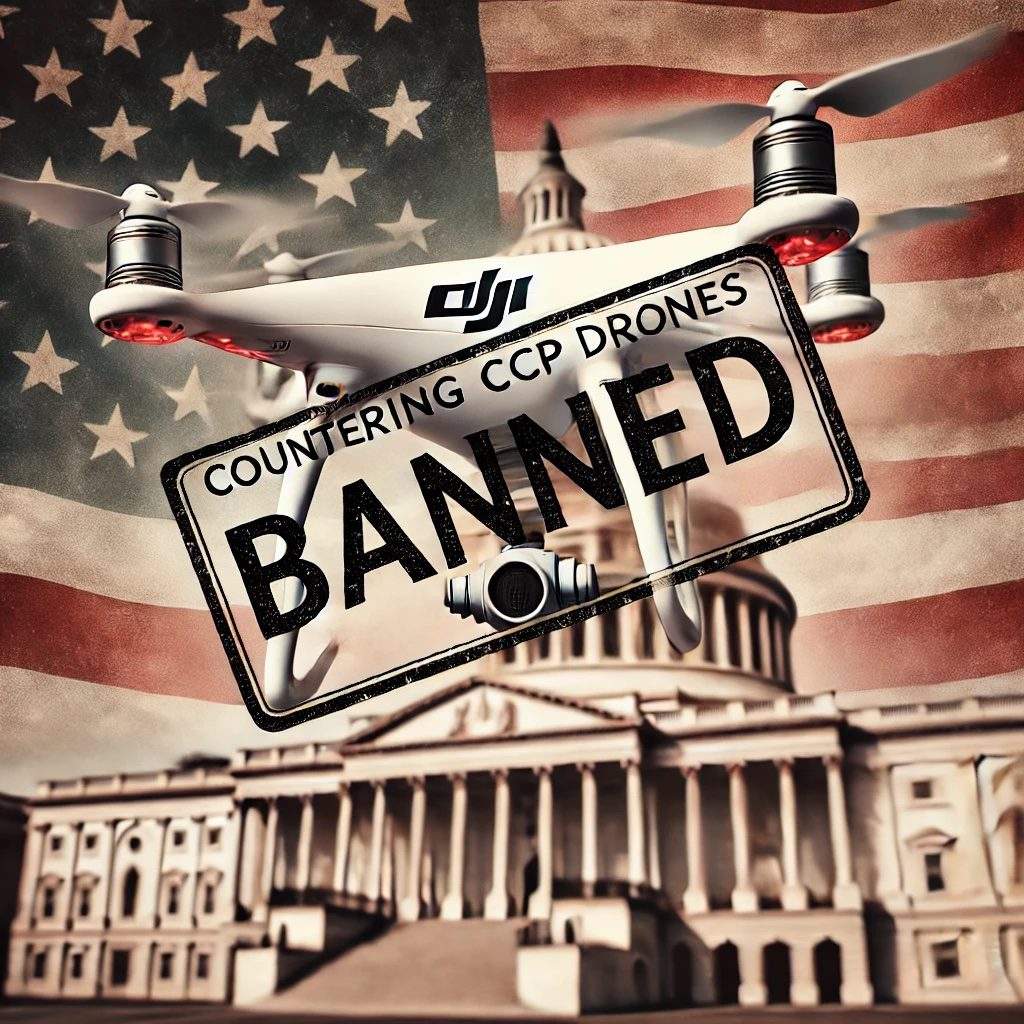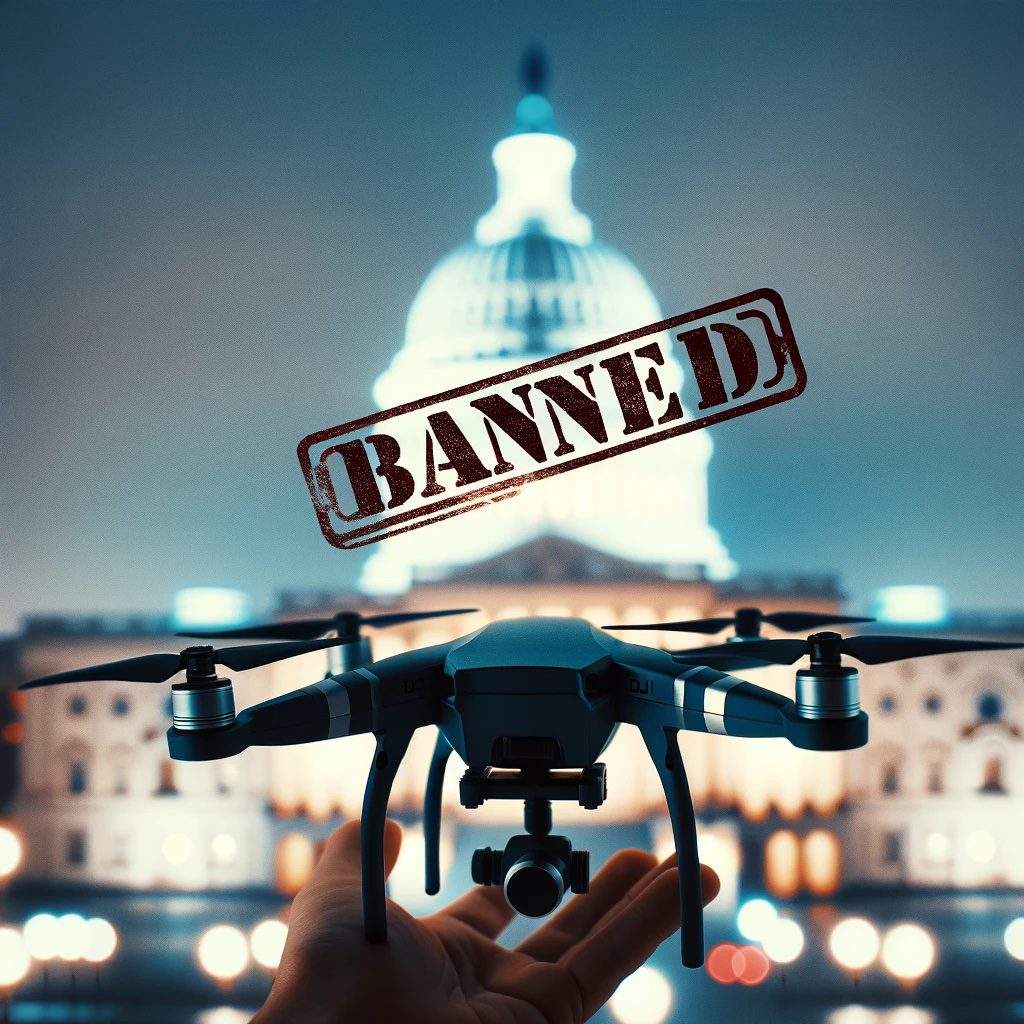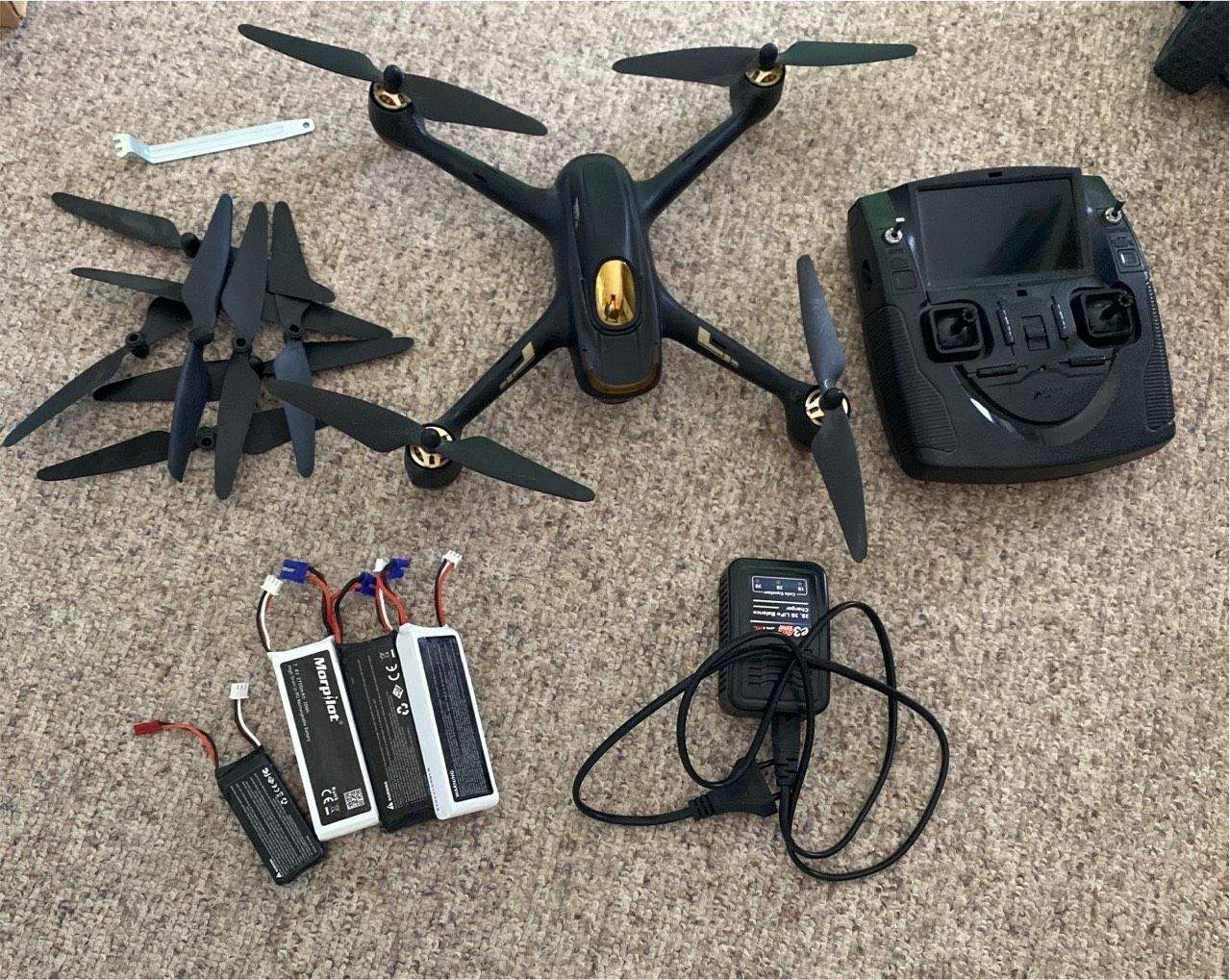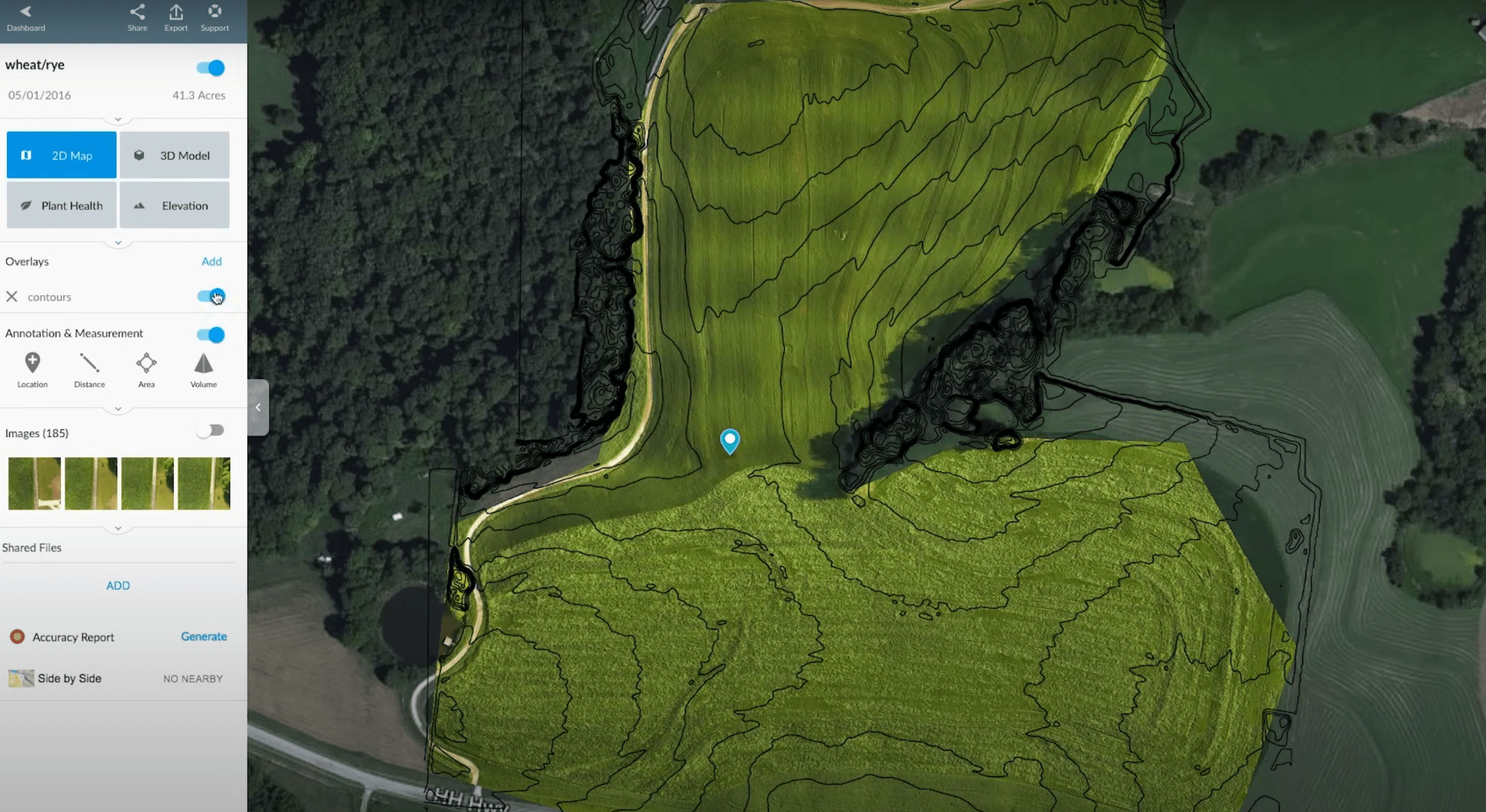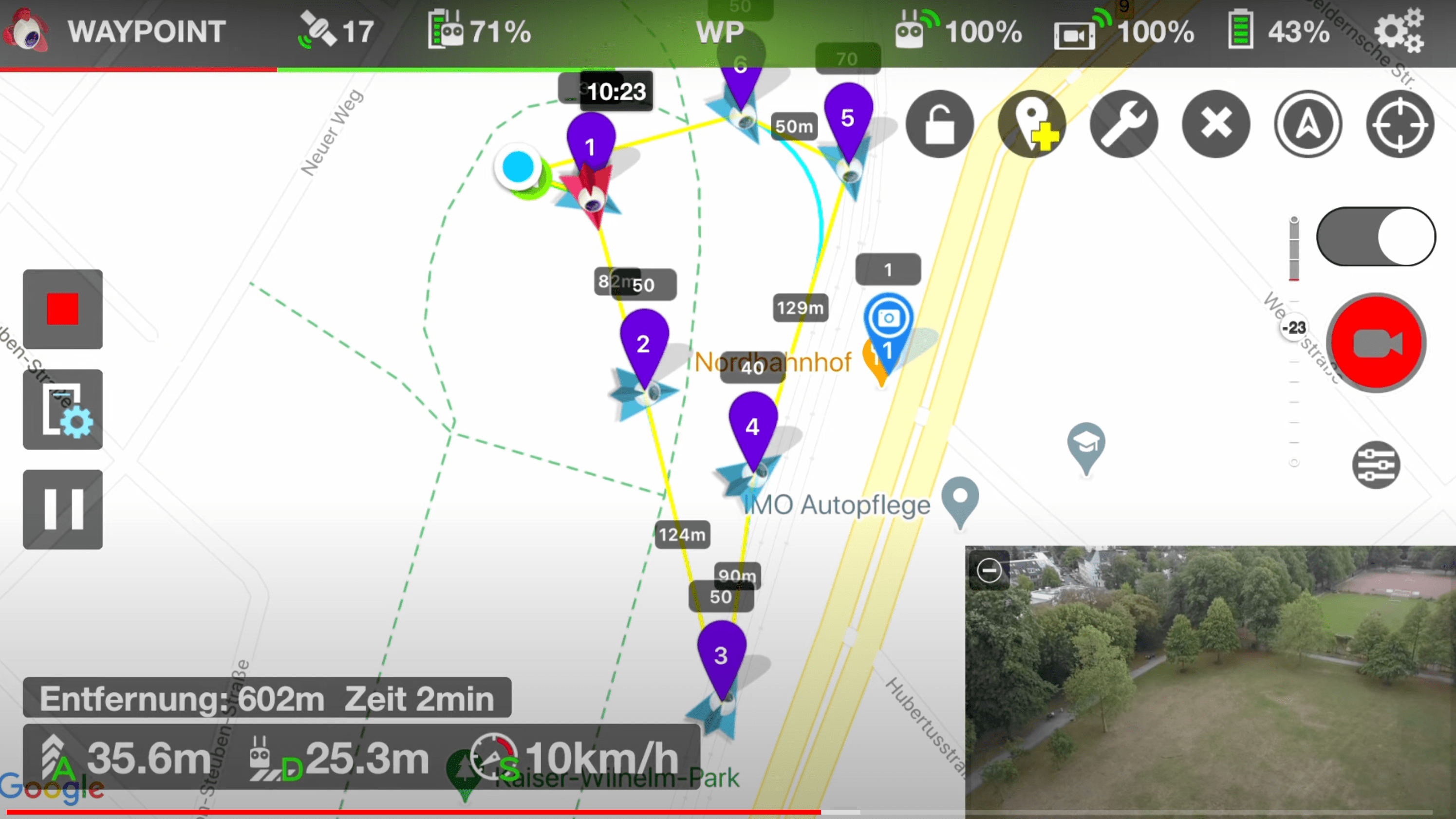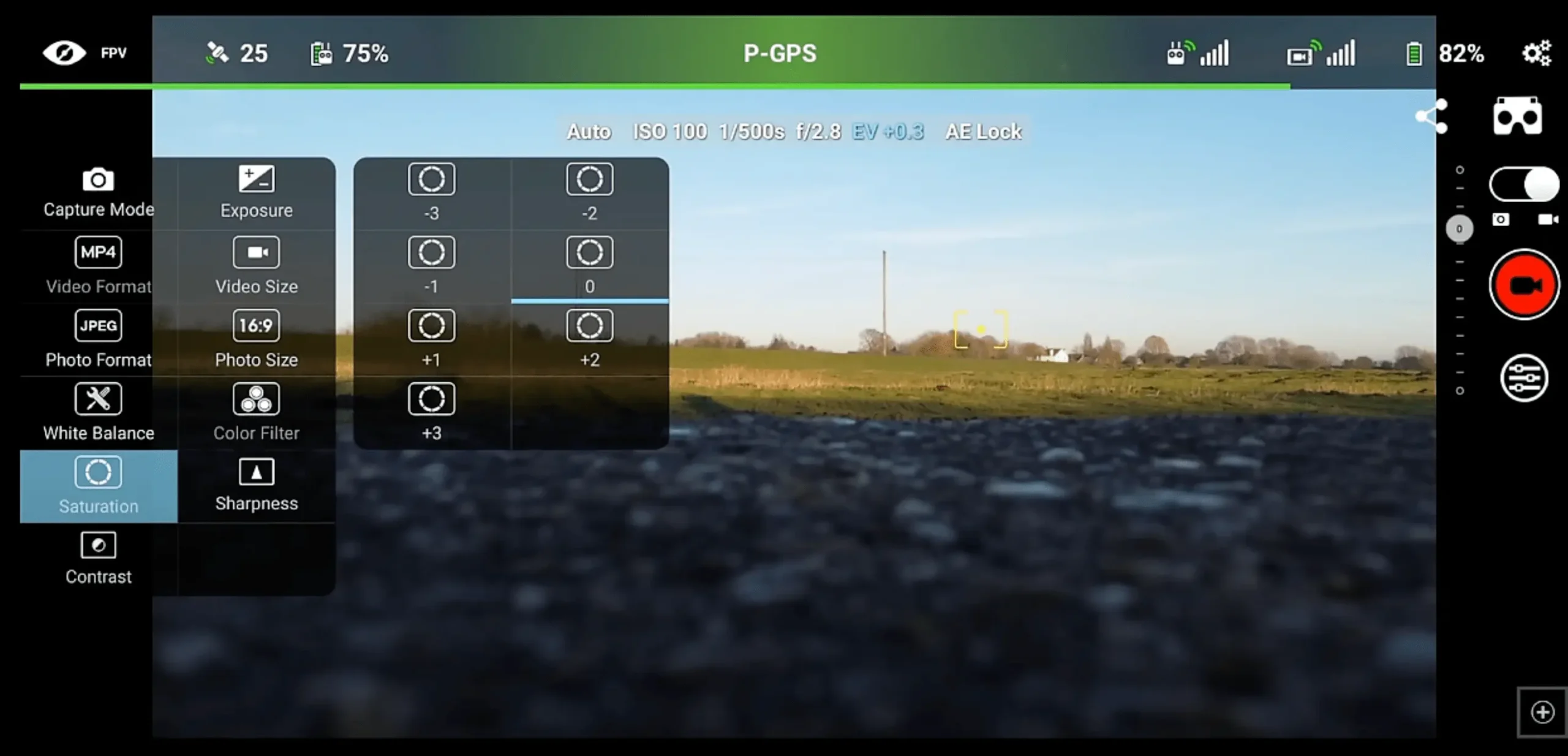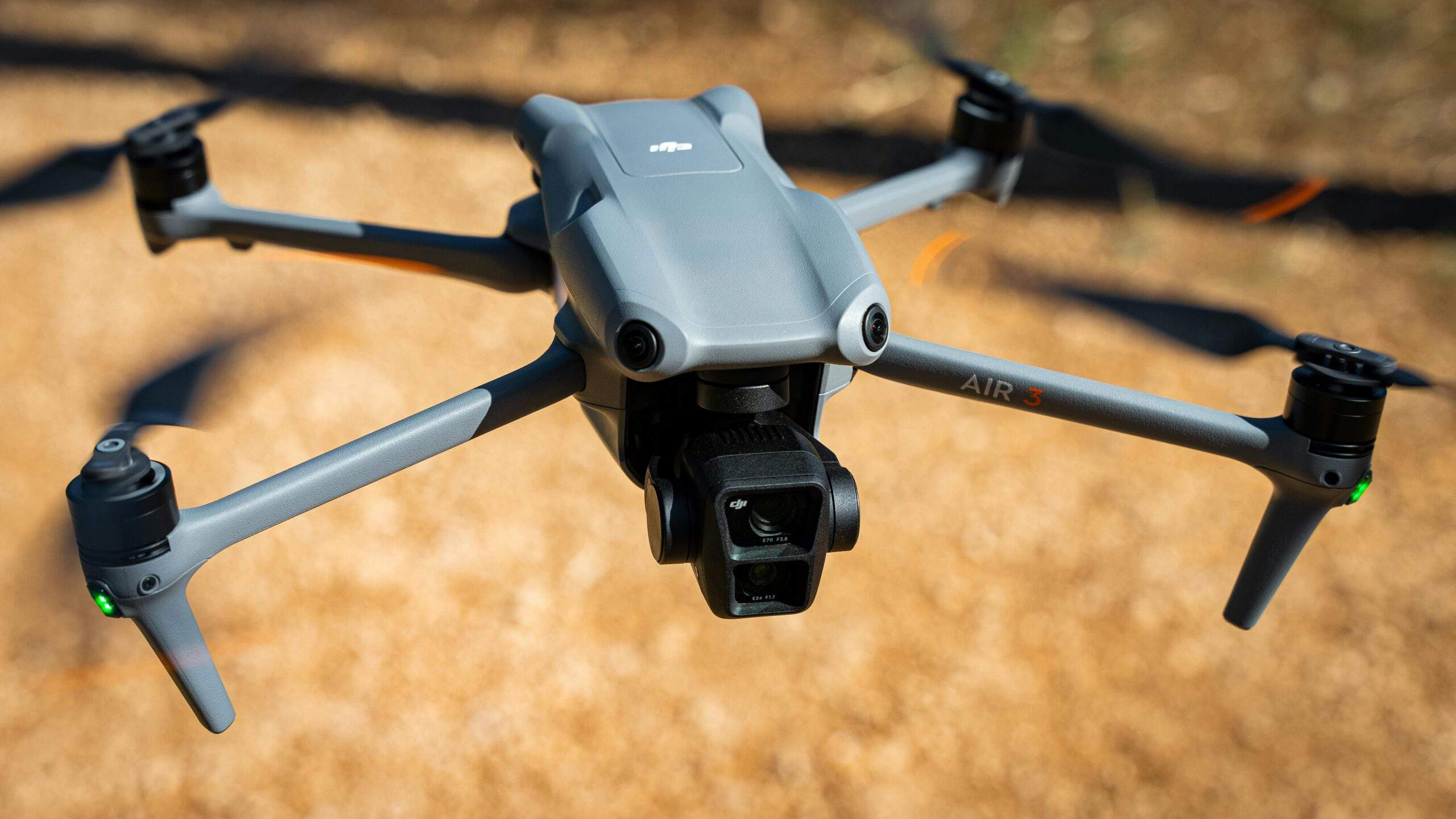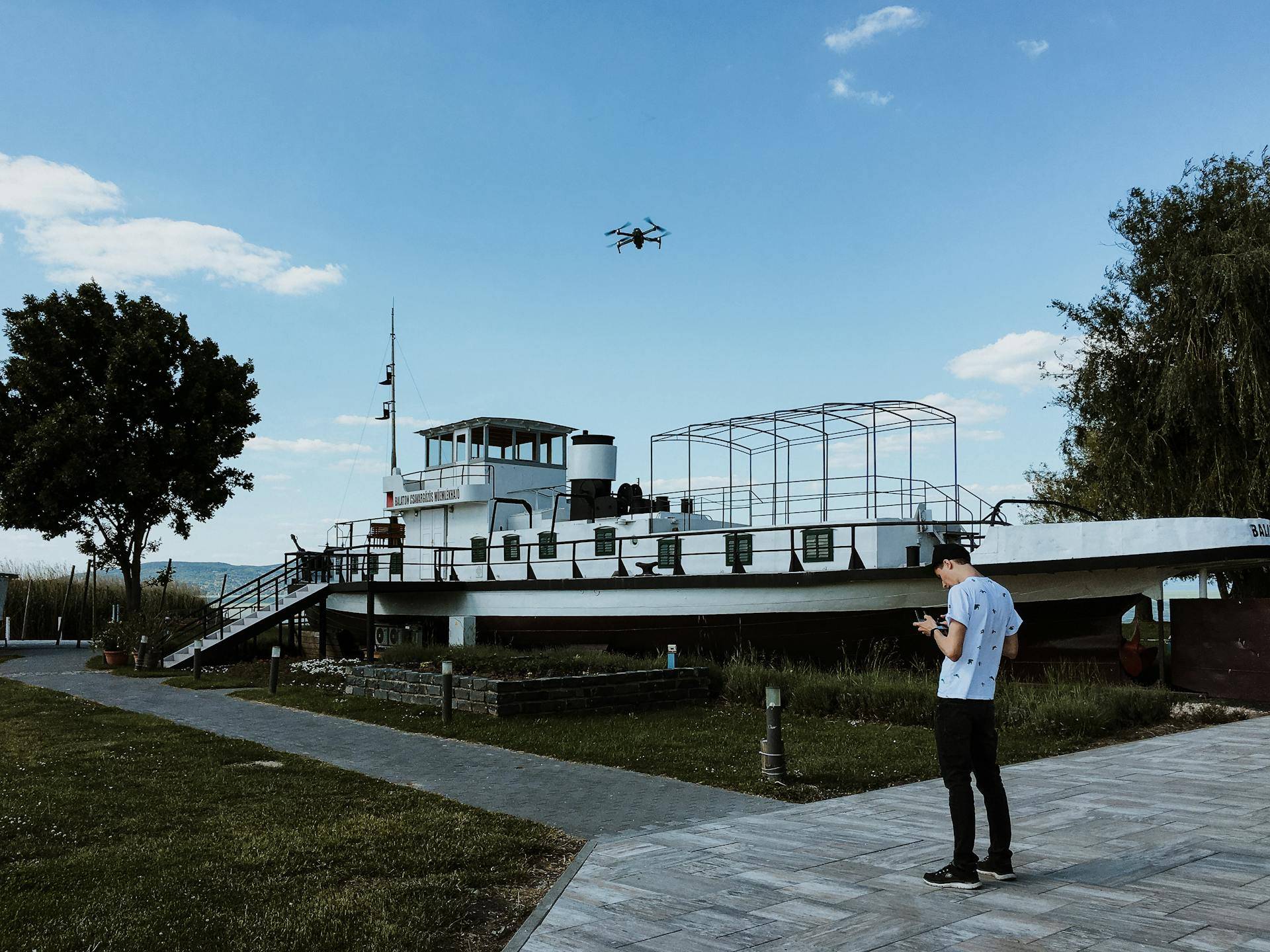Are you a drone enthusiast wondering ‘where can I fly my drone?’ Buckle up as we guide you through the exciting yet regulated world of drone flying. Uncover the rules of the sky since the 2021 drone laws were introduced across Europe, including Germany. Learn about the three categories of drones, how to get your drone flying license, and the importance of drone registration. We also highlight the need for a special drone insurance. But more importantly, we will reveal where you can unleash your drone and let it soar. Don’t miss out on our complete guide to drone flying locations, and understand the ‘where’ of drone flying to make the most of your aerial adventures!
Drone in the Sky: Drones are indeed fantastic, but pilots must meet certain criteria.
Here are the topics we will cover:
- The different classes of drones
- Who can fly a drone?
- Do I need to register as a drone pilot?
- Do I need drone insurance?
- Where can a drone fly?
- What is generally prohibited?
A drone, or “Unmanned Aircraft System” (UAS), consists of an unmanned aircraft and its remote control equipment. The term “drone” originally referred only to military aircraft systems, and even then only to the flying part. However, nowadays, civil aviation objects such as multi-copters or quadcopters, used for instance in filming, are also referred to as drones.
Anyone who wants to fly a drone must adhere to certain rules. As of January 1, 2021, a EU-wide drone regulation applies.
What are the different classes of drones?
According to the EU regulation, drones are categorized into three operation categories:
- Open: Drones with a takeoff weight of less than 25 kilograms. They are permitted to fly within visual range up to a maximum altitude of 120 meters and cannot transport dangerous goods or drop objects.Who-can-fly-a-drone?
- Specific: Drones whose operating spectrum exceeds the scope of the “open” category, such as drones that are operated outside of visual range or have more than 25 kilograms of takeoff weight.
- Certified: Large and heavy drones designed for transporting people or dangerous goods.
In the “open” category, there are three further subcategories with additional restrictions. Pilots must inform themselves about these before starting.
Who can fly a drone?
In Germany, anyone who wants to fly a drone must be at least 16 years old. Younger teens and children may control drones that are classified as toys under the 2009/48/EC Toy Directive. They may also fly a “real” drone if an adult is present who meets all the necessary requirements for flying a drone. The adult in question is then responsible for the flight.
Furthermore, all drone pilots must demonstrate possession of a license. The small EU drone license can be obtained upon successful completion of online training and an online test. It is valid for all common drones over 250 grams in weight intended to be flown far away from people or buildings. It’s also a prerequisite for the larger EU drone license.
With the larger license, pilots can also control aircrafts that are supposed to fly less than 150 meters away from residential, commercial, industrial, or recreational areas, and thus closer to people (30 meters).
Both certificates are valid for five years, after which they need to be renewed. Drone pilots should definitely inform themselves about what evidence they need to operate their device.
Do I need to register as a pilot?
While there is no requirement to register drones, according to EU regulations, the pilot must register, no matter how many or what drones he wants to fly. In Germany, this can be done online on the website of the Federal Aviation Office (LBA). After registration, the pilot receives an “electronic UAS operator ID (eID)”, which is attached to the drone in the form of a label. If it crashes or gets out of sight, the owner can be located with the help of the ID.
Exceptions: If the drone weighs less than 250 grams and does not have sensors for “collecting personal data”, such as a camera or a microphone, no registration is necessary. The same applies to drones under the EU Toy Directive.
Do I need drone insurance?
In principle, drones – just like model airplanes – are aircrafts. Therefore, every pilot must take out special liability insurance for drones. Operating a drone without liability insurance is an administrative offense. Exception: Those who only fly indoors do not need drone insurance.
Where can a drone fly?
There are numerous exceptions, but basically, drones can fly anywhere, provided they do not fly higher than 120 meters above the ground. If you want to fly higher with your drone system, you need a permit. The same applies if you want to fly outside your field of vision. This is granted by the relevant aviation authority of the respective federal state.
On model airfields, however, drones may also fly higher than 120 meters. With the new EU regulation, drones can also fly at night, but they must be marked with light, since July 1, 2022, a green flashing light is mandatory.
What is generally prohibited?
According to the German Air Traffic Regulations, drones may not fly in “sensitive” areas without special permission:
- Flying over crowds, highways, industrial plants, helicopter landing sites, hospitals, correctional facilities, military installations (at least 100 meters distance!)
- Flying over properties or nature reserves
- Flying over swimming pools or bathing beaches during opening hours
- Flying within a 1.5 km radius of airfields and within a five-km radius of airports (runway)
Disclaimer for Drone Information: The information provided on this platform regarding drones and related regulations is sourced based on my personal research and enthusiasm for the subject. While I strive to offer accurate and up-to-date information, regulations and best practices can change frequently and may vary by country, region, or even municipality. Therefore, I strongly advise all drone users and enthusiasts to consult the official regulatory websites or agencies specific to their country or region before making any decisions or taking actions related to drone usage. This will ensure that you have the most current and authoritative information available. Remember: Safe and responsible drone use always starts with being informed and compliant with the prevailing regulations.

